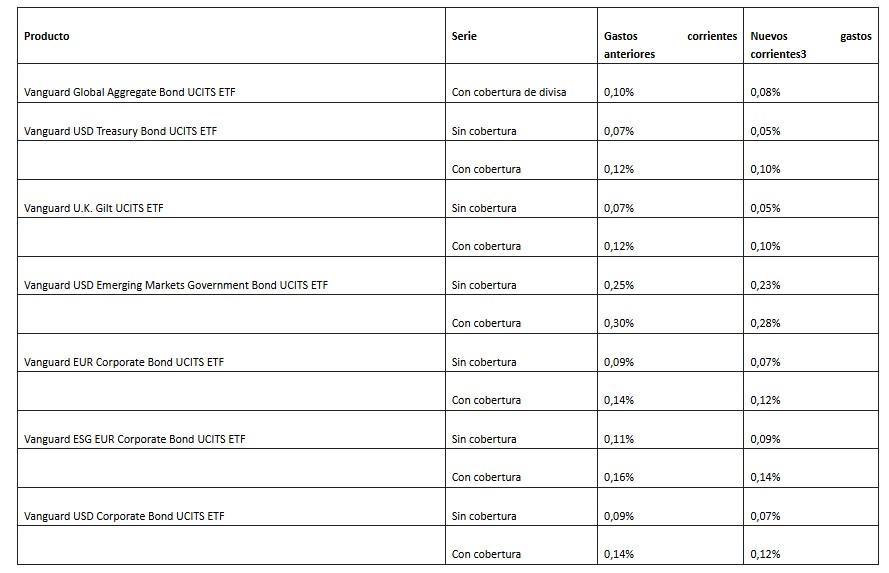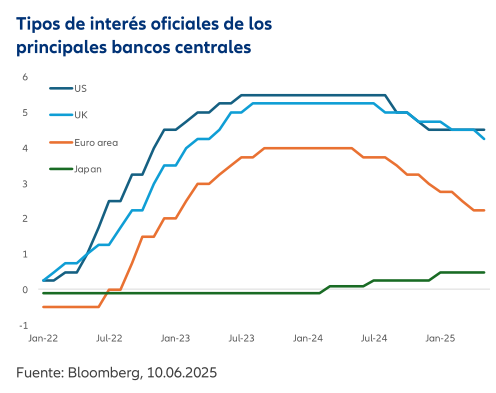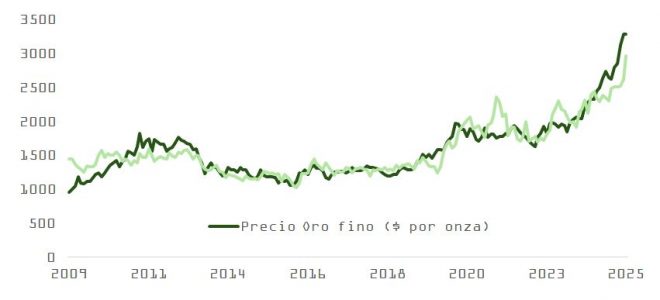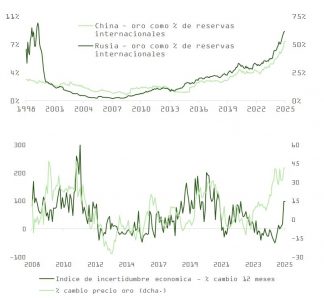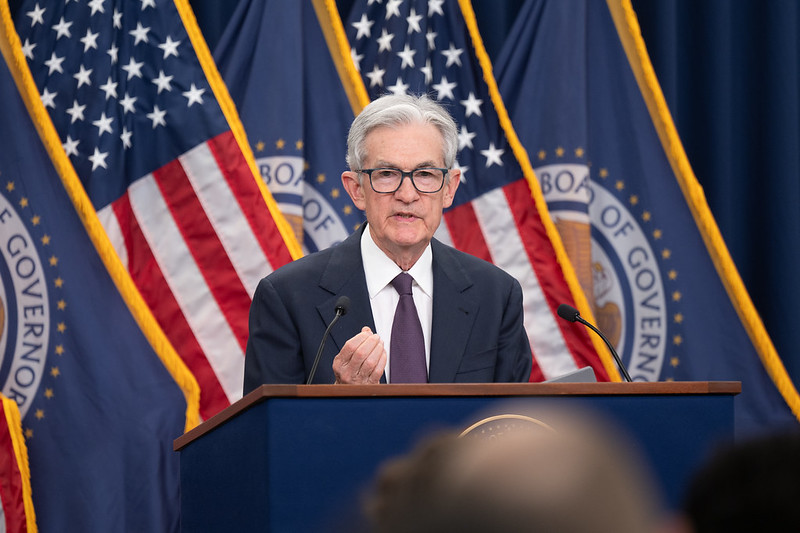From the Classic 60/40 Portfolio to the 40/30/30 Strategy: It Is the Moment for Alternatives
| For Amaya Uriarte | 0 Comentarios

For decades, the famous 60/40 portfolio, which allocates investments with 60% in stocks and 40% in bonds, was considered the standard model of diversification for conservative and moderate investors. But times have changed, and with them, the fundamentals that supported this strategy. A recent report published by Candriam questions the current effectiveness of this traditional model in the face of an economic landscape marked by volatile inflation, persistently high interest rates, and growing geopolitical tensions. In addition, it highlights the relevance of including alternative assets in portfolios.
Although stocks performed well in 2023 and 2024, driven by moderating inflation, future expectations are more modest. Interest rates continue to constrain equity valuations, while bonds continue to offer reduced returns and less protective capacity. The consequence: the breakdown of the balance that made the 60/40 model a reliable option to face adverse scenarios.
The study underscores that despite its strong historical performance over the past two and a half decades, the risk profile of the 60/40 has generated serious concerns. A nominally allocated portfolio in this proportion has shown a correlation close to 1 with the equity market, which in practice makes it a reflection of stock behavior. This means that in times of crisis, such as in 2008 or during the market collapse due to the pandemic in 2020, the 60/40 did not offer the protection many expected. For most investors, losses exceeding 30% are not acceptable, which raises the urgency to review the model and seek additional, more resilient sources of diversification.
The document, signed by Johann Mauchand, Pieter-Jan Inghelbrecht, and Steeve Brument, proposes a new formula to restore diversification and improve the risk-return profile of portfolios: the 40/30/30 strategy, which includes alternative assets as a third key component.
Increasing Portfolio Resilience: The 40/30/30 Approach
For Candriam, the answer lies in diversifying beyond traditional instruments. The proposal: to replace 30% of a 60/40 portfolio with alternative assets, using the Credit Suisse Hedge Fund Index as a reference. The result, according to the historical analysis, is compelling: higher returns, lower volatility, and better downside protection.
The new 40/30/30 portfolio, composed of 40% stocks, 30% bonds, and 30% alternatives, showed a 40% improvement in its Sharpe ratio, a metric that assesses risk-adjusted returns. Even using a passive index-based allocation, the benefits were significant.
Charting a New Direction
Candriam’s study warns about a crucial aspect that many investors overlook: not all alternative assets are the same, nor do they behave in the same way under different market conditions.
Using broad indices as a reference is useful as a starting point, but it also highlights a structural challenge: the universe of hedge funds and alternative strategies is immensely diverse, and their performance can vary significantly. The difference between properly selecting which type of alternative to include in a portfolio—or not—can have a decisive impact on the final outcome.
To address this problem, Candriam proposes a functional allocation framework designed to go beyond the simple grouping of assets under the “alternatives” label. Instead of treating these strategies as a homogeneous block, the firm suggests classifying them according to the functional role they play within a portfolio, dividing them into three broad categories: downside protection, generation of uncorrelated returns, or capture of upside potential.
This segmentation enables the construction of more resilient and efficient portfolios, adjusting them dynamically according to the economic environment. The key, according to Candriam, lies in an active and centralized allocation that responds to market changes in real time.
Implications for Asset Allocation
Candriam concludes that adopting this more flexible and functional approach can improve results in three essential dimensions: higher returns, lower risk, and better-controlled drawdowns. To achieve this, it recommends two simple but powerful actions: selecting alternative assets that fulfill one of the three defined roles and dynamically rebalancing the portfolio according to the macroeconomic context.
The conclusion of the report is clear: the 60/40 model is not dead, but it does need a thorough revision. In an increasingly uncertain environment, the strategic inclusion of alternative assets could be the key to building truly diversified portfolios prepared for the future.


